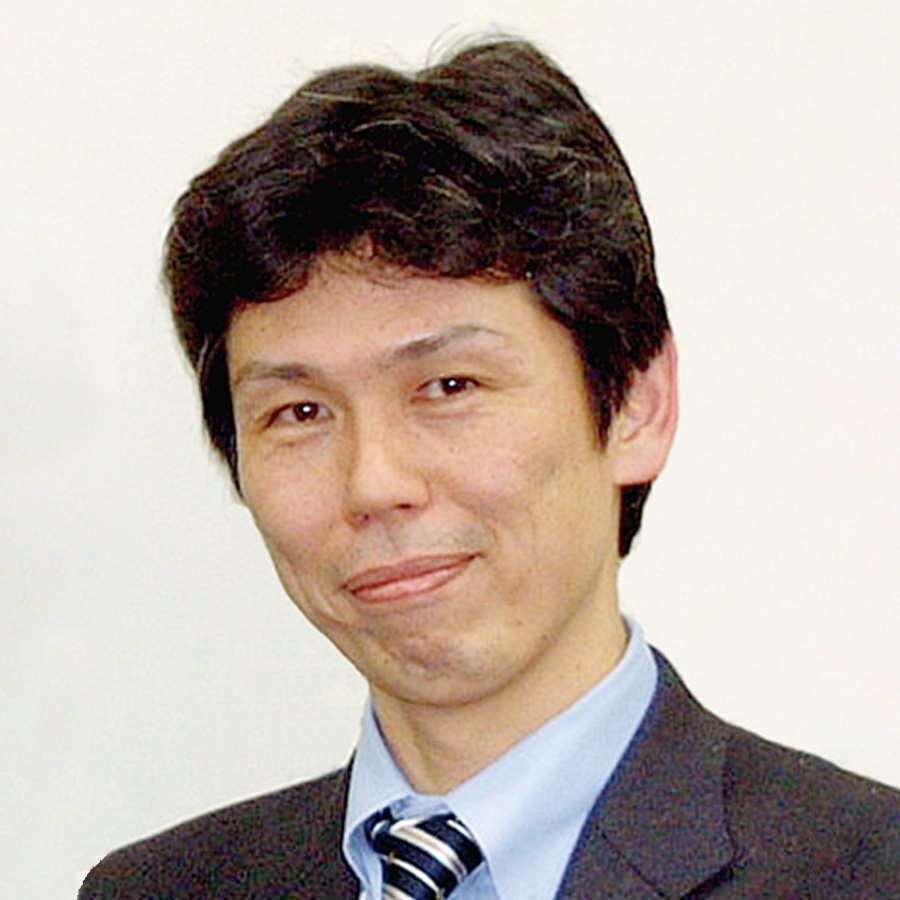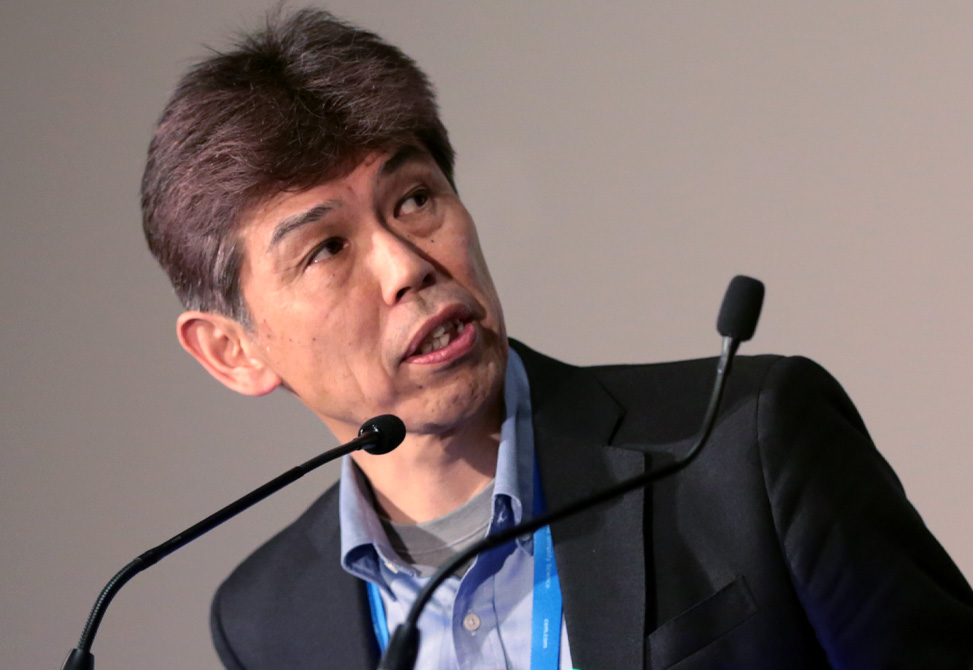Itaru Hamachi
Kyoto University
Talk Session: SESSION 9: INNOVATIONS IN PEPTIDE AND PROTEIN CHEMISTRY
Date: Tuesday, June 14, 2022
Talk Time: 11:55 am - 12:20 pm
Talk Title: Chemical Labeling/Imaging of Neurotransmitter Receptors in Live Cell and Brain
Itaru Hamachi was born in Fukuoka Prefecture, Japan, in 1960 and received his Ph.D. in 1988 from Kyoto University under the guidance of the late Professor Iwao Tabushi. Immediately thereafter he joined Kyushu University, where he worked as an assistant professor for three years in Kunitake laboratory, then became an associate professor in Shinkai laboratory in 1992. In 2001, he became a full professor of IFOC, Kyushu University and then moved to Kyoto University in 2005.
His research interests include live-cell organic chemistry, chemical biology, bioorganic and bioinorganic chemistry, and supramolecular biomaterials.
It is considered live cells and live animals are the multimolecular crowding systems where all of protein molecule are expressed with thier particular functions. Protein labeling is now a powerful tool for studying protein-of-interest, POI, under such natural conditions. However, it is generally defficult to carry out selecitive protein labeling in live cells. While bioorthogonal methods have been reported to date, valuable chemical strategies for selective modification of endogenous protein is yet poorly developed.
I describe herein our recent progress in chemistry-based methods for selective labeling of endogenously expressed proteins under live cell/tissues, and even in the brain. Our method, termed ligand-directed chemistry, LDchem, relies on molecular recognition coupled with a, designer, chemical reaction.
Molecular recognition can secure the protein selectivity even in the live systems and also accelerate the chemical reaction due to the proximity effect between the designed reactive module and a side chain of canonical amino acid exposed on the surface of POI. The LDchem allows to selectively modify endogenous POI with various synthetic functionalities, which is powerful for analyzing intracellular membrane-proteins such as GPCR, several neurotransmitter receptors including AMPAR, an ionotropic glutamate receptor which controls the excitatory neuronal signal, and GABAaR, a chloride channel located in the inhibitory neuron without genetic manipulation.
We are now in progress for studying these receptors localization and functions in the live brains using LDchem.







